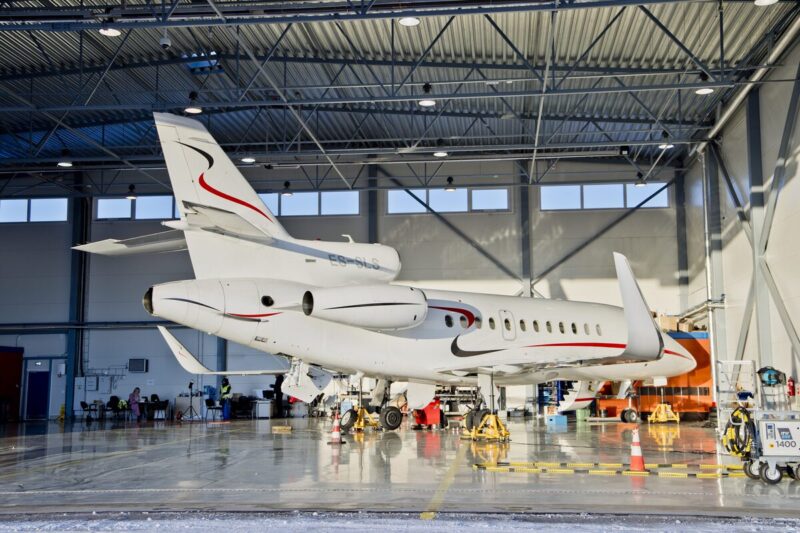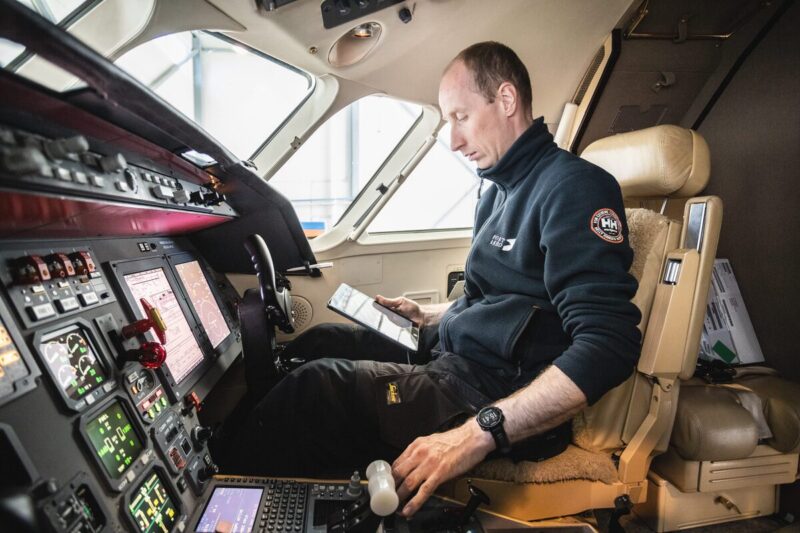Troubleshooting in Part 145 Maintenance: An Essential Guide
Introduction to Troubleshooting in Aviation Maintenance
In the world of aviation maintenance, governed by Part 145 regulations, troubleshooting stands as a methodical and critical process. It involves identifying, analyzing, and resolving issues within an aircraft’s systems or components. Troubleshooting is vital for maintaining the aircraft’s operational readiness, safety, and efficiency.
The Complex Nature of Troubleshooting
Understanding the Problem
Troubleshooting starts with understanding the problem, which can be a complex task in itself. It requires thorough knowledge of aircraft systems, components, and the potential interactions between them.
Analyzing Symptoms
The symptoms of a problem might be evident in one part of the aircraft but originate elsewhere. Analyzing these symptoms accurately requires deep expertise and experience.
Identifying the Root Cause
Identifying the root cause of a problem can be like unraveling a tangled web. It’s a meticulous process that demands precise diagnostics and careful consideration of various factors.
Implementing Solutions
Once the root cause is identified, implementing the right solution is crucial. This step must be executed with precision to ensure that the issue is resolved without affecting other systems or components.

Techniques and Tools for Troubleshooting
Diagnostic Tools
Modern diagnostic tools, including specialized software and hardware, play a vital role in troubleshooting. They allow technicians to gather detailed data and insights into the aircraft’s systems.
Technical Manuals and Documentation
Access to accurate and up-to-date technical manuals and documentation is essential. These resources provide critical information, guidelines, and procedures for troubleshooting.
Expert Consultation
Sometimes, troubleshooting may require consultation with experts or specialized teams, especially for complex or rare issues.
Simulation and Testing
Using simulations and controlled testing can help in replicating and understanding specific issues, facilitating more accurate troubleshooting.

Fort Aero’s Approach to Troubleshooting
Comprehensive Troubleshooting Services
At Fort Aero, we offer comprehensive troubleshooting services that cover a wide array of systems and components in accordance with Part 145 regulations.
Experienced and Skilled Technicians
Our technicians are experienced and skilled in troubleshooting various aircraft types and models. Their expertise ensures accurate identification and resolution of issues.
State-of-the-Art Diagnostic Equipment
We employ state-of-the-art diagnostic equipment and tools that enable us to conduct in-depth analysis and pinpoint the root causes of problems.
Collaborative Approach
We believe in a collaborative approach, working closely with clients, manufacturers, and other stakeholders as needed, ensuring that all aspects of troubleshooting are thoroughly addressed.
Ensuring Excellence and Compliance
Quality Assurance and Compliance
Our commitment to quality assurance and compliance with Part 145 regulations ensures that all troubleshooting activities meet the highest standards of safety and performance.
Continuous Training and Development
We invest in continuous training and development, ensuring that our technicians stay abreast of the latest technologies, methodologies, and best practices in troubleshooting.
Global Support and Responsiveness
With our global presence and responsive support, we can provide troubleshooting services at various locations, adapting to our clients’ logistical needs and preferences.
The Importance of Proactive Troubleshooting
In the dynamic field of aviation maintenance, proactive troubleshooting represents a cornerstone of preventative maintenance strategies. At Fort Aero, we emphasize the importance of not just reacting to issues as they arise, but anticipating potential challenges through a proactive lens. This approach involves regular system diagnostics, predictive maintenance based on historical data and patterns, and continuous monitoring of aircraft performance metrics. By adopting such forward-thinking practices, we aim to minimize downtime, enhance operational efficiency, and extend the lifespan of each aircraft under our care. This proactive stance on troubleshooting not only mitigates the risk of unforeseen failures but also ensures that our clients enjoy uninterrupted service and optimal performance from their fleets. It’s this blend of anticipation, expertise, and swift action that sets Fort Aero apart in the aviation industry, making us a trusted partner in aircraft maintenance and troubleshooting.
Conclusion
Troubleshooting in Part 145 maintenance is a multifaceted and essential aspect of aviation maintenance. It’s not merely a task but an art that combines expertise, precision, innovative technologies, collaboration, and a relentless pursuit of excellence. At Fort Aero, we recognize the criticality of effective troubleshooting and are committed to providing top-notch services that align with these principles. Through our comprehensive approach, advanced equipment, skilled technicians, and global support, we strive to identify and resolve issues swiftly and accurately, contributing to the safety, reliability, and success of our clients’ operations.
Written by David Shlick, Chief Operations Officer at FortAero